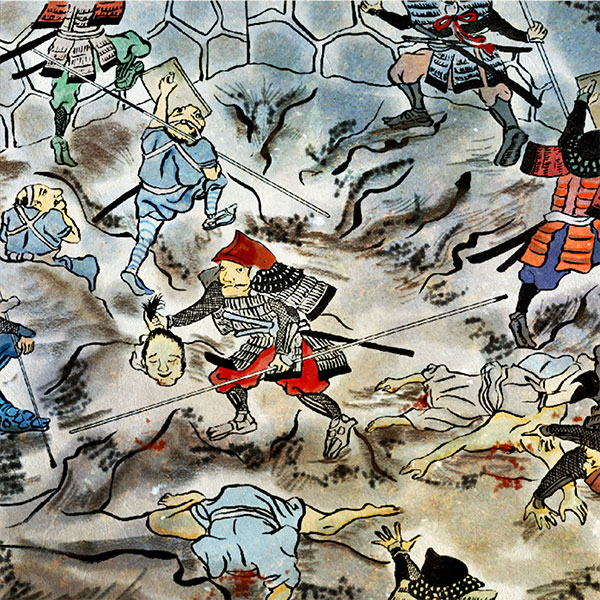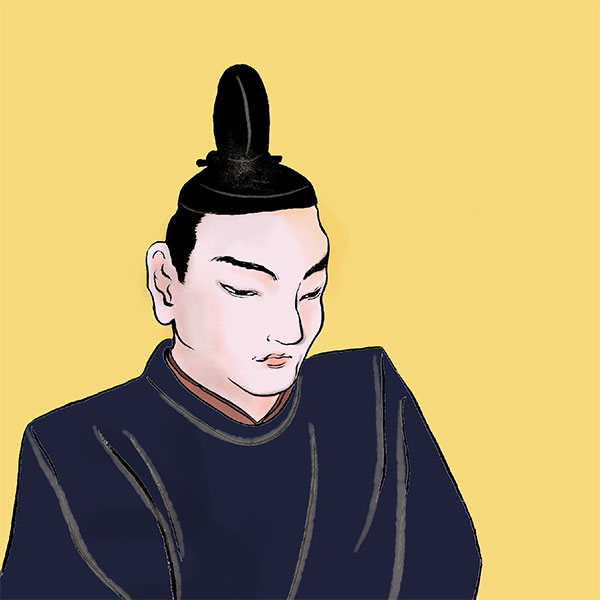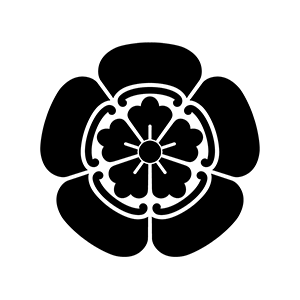- Shimabara domainThe stage of the largest civil war of the Edo period, the Shimabara Rebellion
- The Shimabara domain was a domain that ruled the area around Shimabara, Hizen Province. When it was first established, it was called Hinoe Domain. Shimabara Castle was the domain office, and two Tozama daimyos and four Fudai daimyos lived there until the end of the Edo period. The Shimabara clan was involved in the ``Shimabara Rebellion,'' said to be the largest civil war of the Edo period.

Shimabara CastleShimabara City, Nagasaki Prefecture
- spring
- summer
- autumn
- winter
- TOP
- Kyushu
- Nagasaki Prefecture
- Shimabara Castle
| Other name | Moritake Castle, Takagi Castle |
|---|---|
| castle construction | 1624 |
| address | 1-1183-1 Jonai, Shimabara City, Nagasaki Prefecture |
| telephone number | 0957-62-4766 |
| Opening hours | 9:30-17:30 |
| closing day | Open all year round |
| Admission fee | Adults 550 yen / Elementary, junior high and high school students 280 yen |
- Access to Shimabara Castle
- About 10 minutes walk from Shimabara Railway “Shimabara” station
HISTORYShimabara Castle, a restored castle overlooking the Ariake Sea
Shimabara Castle is a flat castle built within the castle grounds of Shimabara City, Nagasaki Prefecture. This castle, located at the foot of Mt. Unzen Fugendake overlooking the Ariake Sea, was the scene of the Shimabara Rebellion in the early Edo period. Let's unravel the history of Shimabara Castle.
- Shimabara Castle construction
- Shimabara Castle was built in 1618 by Shigemasa Matsukura, the lord of the Yamato Gojo domain and the first lord of the Hizennoe domain. At that time, there were two castles in Shimabara, Tabara Castle and Hinoe Castle, but in accordance with the One Country, One Castle Order issued by the Shogunate, these castles were abolished and Shimabara Castle was built. At the time of its construction, Shimabara Castle was a flat castle with a five-story castle tower at its core. The main enclosure and the second enclosure were each independently surrounded by a moat, and a wooden bridge in the form of a corridor bridge connected the two. In an emergency, the main enclosure can be made independent by dropping the wooden bridge. In addition to the 5-layer, 5-story castle tower with independent tiered towers without gables, the castle's luxurious construction includes stone walls and 49 turrets, rivaling the castles of feudal lords with a total cost of 100,000 koku. Shigemasa Matsukura's koku was 43,000 koku, so we can see that he was extravagantly rich. Moreover, the location where Shimabara Castle was built was made up of layers of volcanic ash and lava flows, making it an unsuitable place to build a castle. As a result, construction work was extremely difficult.
- A luxurious castle becomes the trigger for the Shimabara Rebellion
- By building a luxurious castle that was not worth the stone price, the Shimabara clan quickly found itself in financial trouble. Matsukura Shigemasa imposed heavy taxes on farmers and conducted harsh collections in order to resolve financial difficulties. This heavy taxation and harsh collection continued during the reign of Matsukura Shigemasa's son, Matsukura Katsuie, the second lord of the domain, and the farmers, mainly retainers of the former Arima clan, rose up in rebellion. When it comes to the Shimabara Rebellion, ``Amakusa Shiro'' is famous, and he was the ringleader of the uprising that broke out in Higo-Amakusa, and later joined the Shimabara uprising. Also, it is often thought that Shimabara Castle was the castle where the uprising forces barricaded themselves, but the correct name is Hara Castle, which was abandoned. Shimabara Castle was occupied by soldiers of the Shimabara clan who fought against the Ikki forces. The castle was so strong that it could not be defeated, but the uprising forces ransacked the Shimabara castle town, destroying it and looting it. The Shimabara Rebellion was eventually successfully suppressed by the Shogunate, who dispatched a subjugation force of nearly 130,000 men, but Katsuie Matsukura was beheaded for inciting the peasants to revolt. After that, Shimabara Castle was occupied by four different families until the end of the Edo period, and the Shimabara clan was ruled as the feudal lord.
- Shimabara Castle after the Meiji period
- In 1874, the Meiji government issued an order to abolish castles, and all of Shimabara Castle's land and buildings were sold to the private sector. In 1876, all the buildings including the castle tower were demolished, the site of the main enclosure became a field, and the Sannomaru was lined with schools including Shimabara High School. However, the people of Shimabara expressed their desire for the castle to be restored, and the west turret was rebuilt in 1960, and the castle tower was rebuilt in 1964. Currently, the castle tower is a museum that exhibits "Christian historical materials," "local historical materials," "folk historical materials," etc. Reconstruction continued after that, and Tatsumi Yagura was restored in 1972. In 1996, the ``Tourism Reconstruction Museum'' was built on the castle grounds, displaying footage and various materials related to the Unzen Fugendake eruption disaster.
In 2006, it was selected as one of Japan's top 100 castles despite being a restored castle. In 2016, the castle ruins were designated as a designated historic site by Nagasaki Prefecture. Today's Shimabara Castle is a tourist attraction in Shimabara City, visited by 200,000 to 300,000 tourists annually. Various events such as Shimabara Takigi Noh and Shiranui Festival are held, but one that is especially rare is the ``Shimabara Castle Autumn Lotus Root Digging Tournament'' where you dig up lotus roots growing in the castle's moat. This is a wild lotus root that was cultivated when Shimabara Castle was a field, and 2019 marks the 15th time. You can take home the lotus root you find.
Read about incidents related to Shimabara Castle
Read about people related to Shimabara Castle
- Harunobu ArimaChristian daimyo who worked hard at trade
- Japan has achieved its own development while incorporating the culture of China and other countries. However, during the Sengoku period, Western culture was introduced to Japan. The introduction of guns changed the face of warfare, but Christianity also became a religion.

History of the Shimabara clan, whose domain office is Shimabara Castle
| Domain office | Shimabara Castle |
|---|---|
| old area | Shimabara, Hizen Province |
| stone height | 65,000 koku |
| Fudai/Tozama | Parent clan |
| main lord | Arima family, Matsukura family, Takashi family, Matsudaira family, Toda family |
| Estimated population | 175,000 people (first year of the Meiji era) |
Shimabara Castle column
Introduction column by castle enthusiasts
















